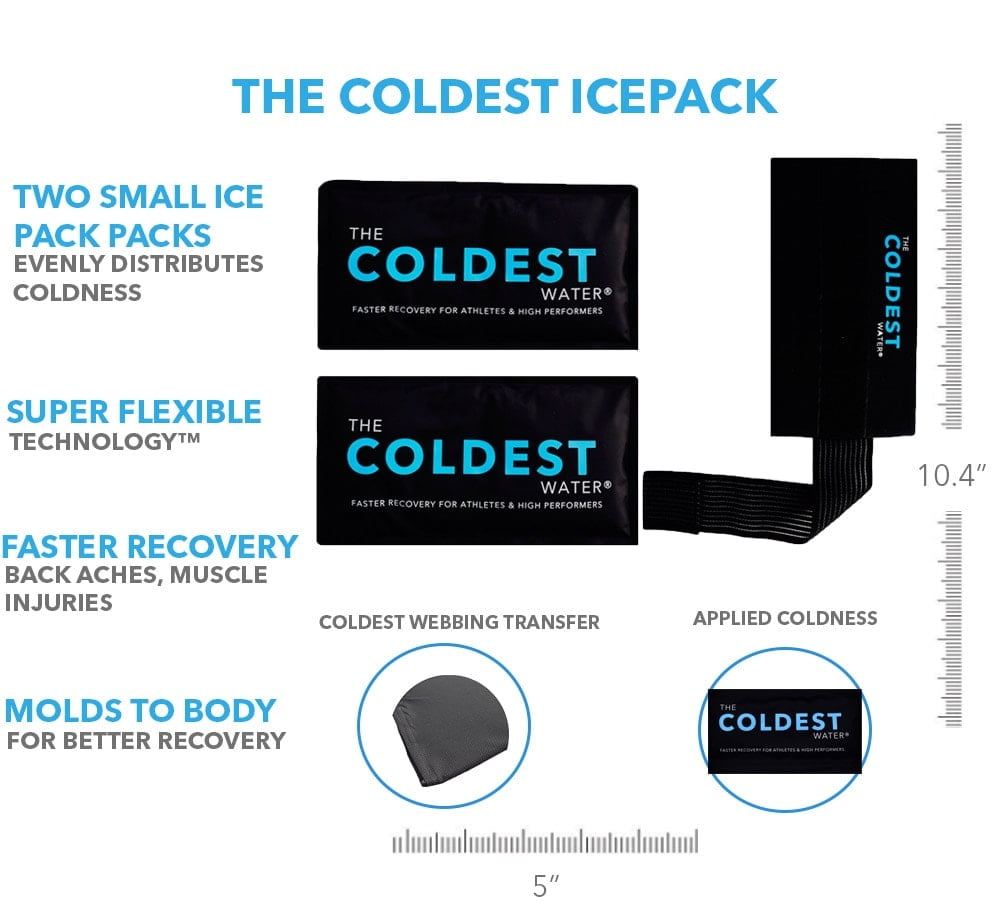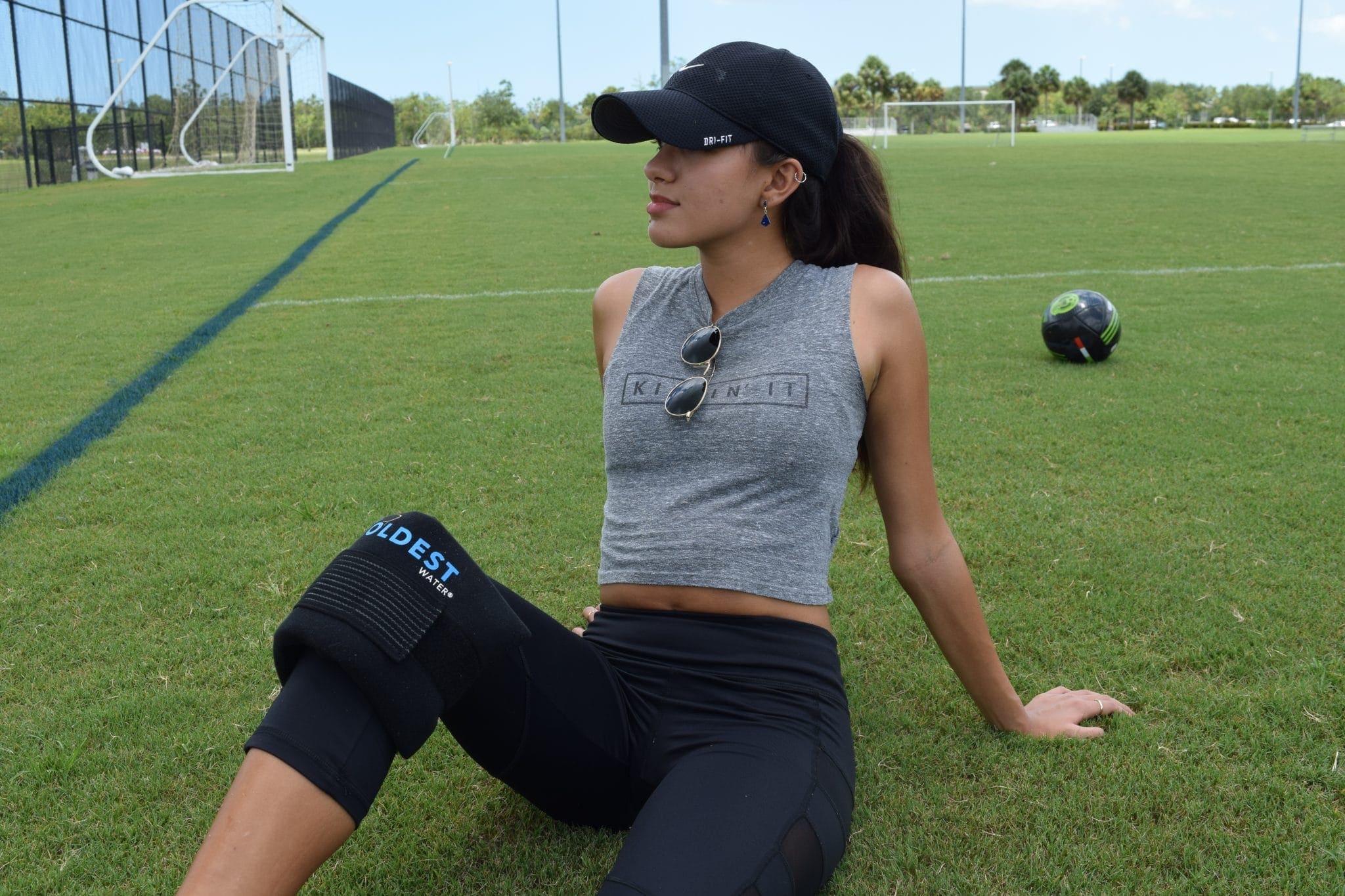ACL Injury - Anterior Cruciate Ligament - What to Know
-
What Are the ACL Injury Or Knee Ligament Injuries?
-
Anterior Cruciate Ligament (ACL):
-
How does ACL Injury feel like?
-
Diagnosing ACL Injury (Anterior Cruciate Ligament):
-
Treatments of Knee Ligament Injuries:
-
Do You Require Surgery?
-
When would it get well after Knee Ligament Injury?
What Are the ACL Injury Or Knee Ligament Injuries?
The Knee Ligament injuries (KLI’s) are known to put the patients on sidelines very quickly. These injuries happen in the knees and there are several types of it. The most common disorder or injury is called Anterior Cruciate Ligament (ACL injury) which has the potential to make the knees disable to work or even move. Collectively, these injuries can do a lot of harm to the knees as well as to other body parts such as legs. This creates huge pain in the legs and knees resulting in limited movement. A patient suffering from an ACL injury is considered a disabled person if the injuries are not treated properly.
No doubt, the Knee Ligament injuries are very dangerous for health but it doesn’t mean that there is no treatment available for those. A comeback is always possible if these injuries are immediately diagnosed by the experts. With the passage of time, more work has been done to invent reliable treatments for Knee Ligament injuries. Today, the treatments are more successful than ever before. Athletes or other facing these injuries are suggested to contact physicians and fitness trainers as soon as possible.
Understanding the ACL Injury is essential in order to find risks associated. The ligaments are simple but tough tissue bands connected to the body bones. Our knees are connected with ligaments and bones. According to the medical sciences, there are several ligaments associated with a knee. However, the following four ligaments are more prone to receive injuries.

knee Ice Pack Sprain Twist SHOP NOW
Anterior Cruciate Ligament (ACL):
This is among the most delicate ligaments in knees. This ligaments usually receives injuries because of its high sensitivity. Remember, this ligament is very important as it plays a bridge role between the shin and thigh bones.
Posterior Cruciate Ligament (PCL):
This is the second most important knee ligament having a high tendency to receive injuries. It also connected the shin and thigh bones in the knee. Unlike Anterior Cruciate Ligament, it is a tough ligament so it only gets injured in major accidents such as road or car accidents.
Lateral Collateral Ligament (LCL):
The LCL connects the smaller bone of our lower leg with the thigh bone. However, it occupies its position on the outer side of a knee. The positioning of this ligament explains its significance.
Medial Collateral Ligament (MCL):
This ligament remains inside the knee. Actually, it connected the shin and thigh bones while remaining inside a knee. It is also tough but it is based on several bands of tissues.
How does ACL Injury feel like?
A person with Anterior Cruciate Ligament Injuries may feel:
-
Severe and sudden pain in the knees.
-
A loud and clear snap or pop during the injury.
-
Immediate swelling in the knee area after within 24 hours of getting the injury.
-
A feeling or sensation of having loose joints.
-
Inability to put some pressure or weight on the knee joints without having pain.
In the case of Knee Ligament Injuries, it is recommended to seek medical attention. Never ignore these injuries as these may disturb your daily life routines. In some cases, the experts recommend surgical treatments in order to ensure the stability of knees during movement. Otherwise, the knee may come out of its original placement during pivoting or twisting.
Read More: Posterior Cruciate Ligament (PCL) Injury – Causes, Systems, and Treatment

Full Length Injured young woman experiencing ACL or KLI SHOP NOW KNEE BRACE
Diagnosing ACL Injury (Anterior Cruciate Ligament):
Just like other physical injuries, a physical exam used by the physicians. The doctors may use a needle to perform a short surgical treatment if the knees are swelling with the presence of blood. This treatment is used to drain the blood from the knees. The doctors may recommend MRI to identify the ligament tears or an X-ray to find if the bone is broken.
Treatments of ACL (Anterior Cruciate Ligament) Injuries:
In most cases, the ACL Injury heals up automatically with the passage of time if the damage to ligaments is mild to moderate. Patients can speed up the recovery process by using the following methods.
Rest your knee:
Don’t put pressure or weight on the knee joints if you diagnose these injuries. Also, try to avoid moving without any reason if there is a pain in the knee joints. It would be better to utilize crutches for a while.
Ice the knee:
Cold therapy or knee massage commonly used to treat several Knee Ligament injuries. It would be great to use Coldest Ice Pack in order to massage the knee for a short period of 20 to 30 minutes. This treatment or massage is repeated every 3 to 4 hours a day. Wrapping the ice pack around the knee provides smooth cold therapy which reduces the pain as well as swelling. Keep using the ice packs for a few days (2 to 3 days) until there is no swelling.
Compressing the knees:
This treatment is used to minimize the swelling. You can use a strap, elastic bandage or a sleeve on the knees. This treatment is excellent for the minor Knee Ligament Injuries.
Raising the knees:
This is a regular practice which helps the patients to speed up the recovery process. All you have to do is keep the knee elevated using a pillow. This practice can be used while sitting or lying down.
Read Now: Look at the Top, Best and Highly Recommended Ice Pack Gel Reusable

Small Double Ice Pack SHOP NOW
Wear knee brace:
Wearing a knee brace is an effective precautionary method. This enables the patients to control the pain and swelling. The main purpose of wearing a knee brace is to avoid further damage to ligaments.
Use anti-inflammatory painkillers:
The anti-inflammatory painkillers such as NSAIDs (Nonsteroidal Anti-inflammatory Drugs) are useful to treat Knee Ligament Injuries. Naproxyn, ibuprofen, and Aspirin are some commonly used medicines to minimize the swelling and pain in the knees. Don’t forget to use directions given by physicians. Talk to your physician or supervisor in case of emergency. Also, discuss the matter with a doctor if the pain or swelling remains for more than a week.
Try strengthening and stretching workouts:
These practices used to bring the knee movement or functioning back to normal. However, these exercises recommended if your doctor is satisfied. Don’t try to stretch the knees if there is pain or if it hurts. For quick healing, you may ask the doctor to suggest a fitness trainer or a physical therapist.
Do You Require Surgery for ACL Injury?
This decision is difficult. Only a medical supervisor can take this decision. Contact your doctor if the pain in knees persists. He can tell the exact situation after preliminary observations. The decision about surgery depends on the situation of injury. In most cases, LCL and MCL injuries don’t require any surgery.
On the other hand, surgery remains as an only option to rebuild the torn ligaments if the damages moved beyond the limits. In most cases, Reconstructive Knee Surgery is performed to bring the ligaments on original position. This surgery is commonly used for the ACL injury and PCL injury. This surgery is totally a replacement of tendons. The surgeon will remove the active tendons from leg or cadaver and insert them on the place of torn ligaments.
Remember, the reconstructive knee surgery is not a simple option. It is a complicated procedure. Whether you choose surgery for ACL injury or PCL, it will be a complicated choice. On the other hand, this surgery is not suitable for everyone. People with severe instability and knee pain can think about surgical treatment. The athletes planning to regain the original level of performance can also use this option.
Read More: Best Ice Pack for ACL Tear Recovery
In other cases, choosing this option is suitable especially if there is no pain in the knees. This strategy is risky as it may induce instability in the legs. Medical experts recommend custom braces or other bandages to maintain knee stability. It would be better to discuss these methods with your doctor as he better understands your situation.

Ice Packs for ACL Injury – Anterior Cruciate Ligament Injury SHOP NOW
When would it get well after Anterior Cruciate Ligament Injury?
The recovery or healing process totally depends on the severity of the injury. Different healing rates already reported in various case studies. In some cases, a simple physical therapy (cold therapy) can lessen the pain and swelling. It also minimizes the structural issues and augments the recovery process. However, you require physical therapy after the surgery in case of the ACL Injury or tear.
The patients can start the physical activities once again if the medical team gives permission. Significant attention required to continue the activities involving knee movement. Are you a runner? Starting this activity after Anterior Cruciate Ligament (ACL injury or Knee Ligament Injury would not be a good decision. You can think about swimming instead. Whatever you plan, never think about rushing. Don’t try to resume the old physical activity as your knee is no longer capable to support until:
-
A doctor who knows your medical history says “OK” to you.
-
Your knees can fully bend and stay straight without having any pain.
-
The knees don’t show any pain during a jog, walk, run or even jump.
-
An injured knee works like a strong one.
It would be good for your health to avoid intense physical activities before the knee is fully stable. Starting the physical activity without proper healing from an ACL injury will create a risk of full damage to the ligaments. This could also lead to permanent damage.
Read More: Look at the Top, Best and Highly Recommended Ice Pack Gel Reusable



